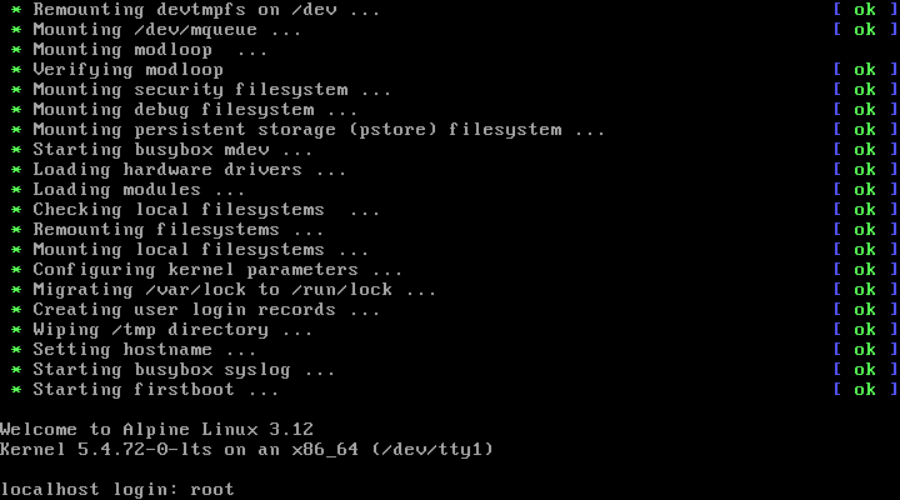You can easily change the keyboard layout in Alpine Linux by running
setup-keymap
This will first prompt you for your generic keyboard layout:
Available keyboard layouts: af ara ba bg by cm de ee fi gb gr id in is ke kz lk ma mk mt nl pk ro se sy tm ua vn al at bd br ca cn dk epo fo ge hr ie iq it kg la lt md ml my no pl rs si th tr us am az be brai ch cz dz es fr gh hu il ir jp kr latam lv me mm ng ph pt ru sk tj tw uz Select keyboard layout: [none]
In my case, I just type de to select the German keyboard layout and press Enter.
After that, It will prompt you for the keyboard variant to use. For German keyboards this will look like this:
Available variants: de-T3 de-deadacute de-deadgraveacute de-deadtilde de-dsb de-dsb_qwertz de-dvorak de-e1 de-e2 de-mac de-mac_nodeadkeys de-neo de-nodeadkeys de-qwerty de-ro de-ro_nodeadkeys de-ru de-sundeadkeys de-tr de-us de Select variant (or 'abort'):
If you don’t particularly care about the variant or if you don’t know what than means, just enter whatever you entered in the first step: If you entered de before, enter de again and press Enter.
Now Alpine will configure your Keyboard:
* WARNING: you are stopping a boot service * Caching service dependencies ... [ ok ] * Setting keymap ... [ ok ]
The new keymap will be effective immediately and it will also persist after a reboot.
Note that the Alpine Installer (which you can start using setup-alpine) will automatically ask you for the correct keymap – hence, it’s not neccessary to run setup-keymap before running the installer.
